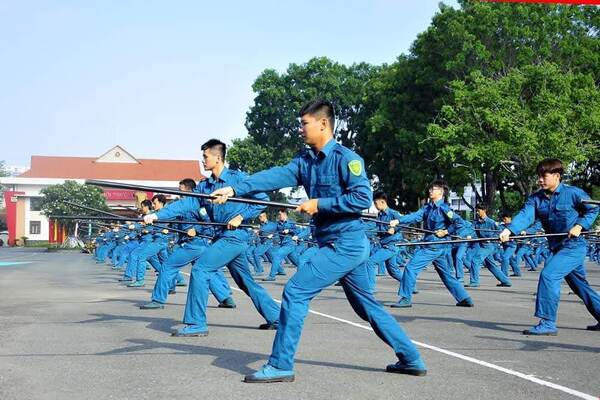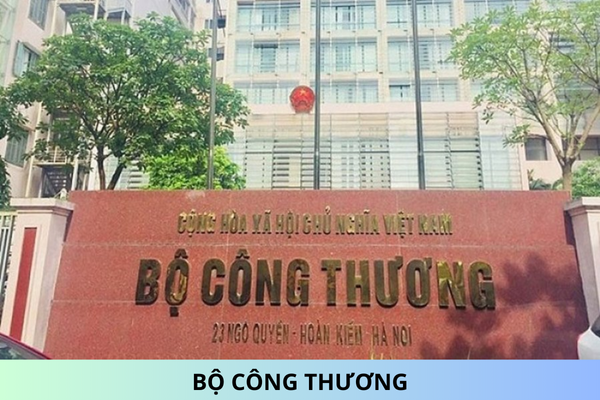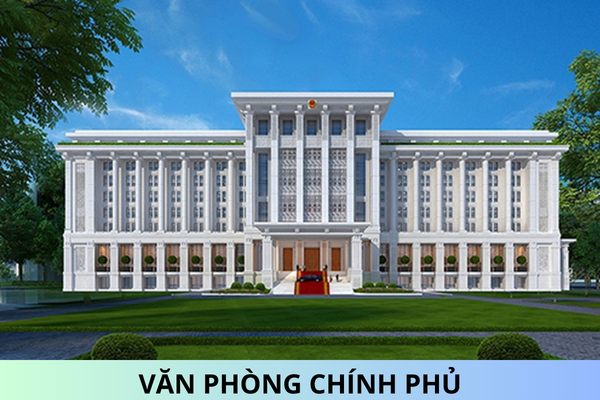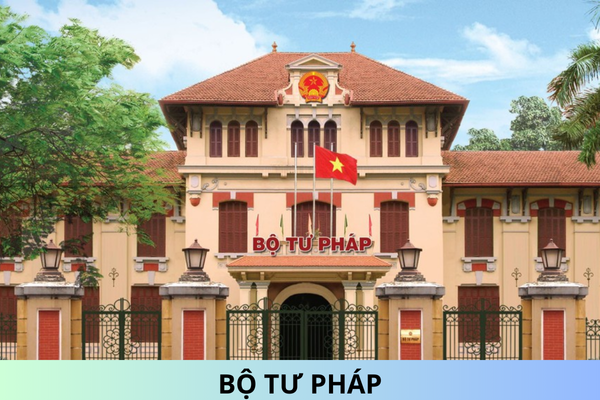National standards for Summer Shirts for Male Militia and Self-Defense Commanders regarding the uniform of the Militia and Self-Defense Forces in Vietnam
What are national standards for Summer Shirts for Male Militia and Self-Defense Commanders regarding the uniform of the Militia and Self-Defense Forces in Vietnm? Thank you!

National standards for Summer Shirts for Male Militia and Self-Defense Commanders regarding the uniform of the Militia and Self-Defense Forces in Vietnam - image from internet
According to the National standard TCVN/QS 1822:2021 for the uniform of the People's Self-Defense Forces, issued together with Circular 94/2021/TT-BQP, the uniform of the People's Self-Defense Forces - Part 11: Summer Shirts for Male Militia and Self-Defense Commanders is stipulated as follows:
1 Scope of Application
TCVN/QS 1822-11:2021 specifies the technical requirements and testing methods for Summer Shirts for Male Militia and Self-Defense Commanders (including: the positions of commanding officers for the Central Military Committee; Commune-level Military Command; Military Command of agencies and organizations; village militia unit leaders; commanding positions in mobile and regular self-defense militia units from platoon leader and above) and used in batch production.
2 General Provisions
The measuring and testing devices for the technical specifications of the Summer Shirts for Male Militia and Self-Defense Commanders are specified in Table A.1 Appendix A.
3 Technical Requirements
3.1 General Requirements
3.1.1 External Requirements
The shirt is short-sleeved, with a stand-up collar and a button placket with six plastic buttons with a diameter of 15 mm. The front of the shirt has two patch pockets with flaps. The upper pocket is divided into two pockets along the front. The shoulder of the shirt has buttoned epaulettes. The left sleeve has a self-defense militia insignia. The back of the shirt has a yoke, and the lower part of the shirt is divided into two pieces with side slits.
3.1.2 Material Requirements
- The shirt is made of Gabađin Peco fabric with a 65/35 ratio, in dark blue color, meeting the specified technical requirements in Table B.1 Appendix B.
- The plastic buttons are solid and of the same color as the main material, meeting the specified technical requirements in Table B.5 Appendix B.
- The sewing thread is Peco 60/3 in the same color as the main material, meeting the specified technical requirements in Table B.6 Appendix B.
- The interlining meets the specified technical requirements in Table B.7 and Table B.8 Appendix B.
3.2 Technical Specifications
3.2.1 Basic Dimensions
The Summer Shirts for Male Militia and Self-Defense Commanders come in sizes 3, 4, 5, and 6. The basic dimensions are specified in Table C.10 Appendix C.
3.2.2 Cutting and Interlining Requirements
- The product details must be cut with straight grainlines.
- Details cut along the fabric grainlines: Front body, sleeves, collar, pockets, yoke, epaulettes.
- Details cut across the fabric grainlines: Pocket flaps.
- Interlining details: Collar band, cuff; must be firm without bulging.
3.2.3 Sewing Line Requirements
- Use size 14 needles for sewing, stitches must be regular without missing stitches, loose threads, fabric wrinkles, or skipped stitches.
- The stitch density must be between 5 to 6 stitches per centimeter. Start and end stitches must be backstitched 3 times, with a length of 1 cm, overlapping each other tightly, cut off excess threads, and no loose or puckered stitches.
- Sleeve cuffs must have even and smooth rounded finishes, without uneven or puckered edges. Pockets must be balanced, in the correct position, symmetrical on both sides of the placket. The collar must be even on both sides.
- Seams 0.1 cm from the edge: Cuff hem, pocket flap, back slit, around the production unit label.
- Seams 0.4 cm from the edge: Topstitching, collar, sleeve opening, shoulder, pocket flap.
- Parallel seams 0.6 cm apart: Pocket flap topstitching, front body seam, button placket.
- Seams 0.7 cm from the edge: Collar topstitching.
- Seams 1 cm from the edge: Side seam, shoulder seam, sleeve topstitching.
3.2.4 Buttonhole and Button Attachment Requirements
- Buttonholes must be even, close to the edge without puckering, with a density of 14 stitches per centimeter, securely stitched without loose threads.
- Buttonholes are placed on the left side of the placket when worn. They are stitched along the placket, with a width of 1.6 cm.
- Buttons are attached symmetrically to the buttonholes, with a minimum of 12 stitches through 2 buttonholes, securely attached without loose threads, without wrinkling the fabric, and cut off excess threads.
3.2.5 Ironing Requirements
After the Summer Shirts for Male Militia and Self-Defense Commanders are finished, they must be ironed on an ironing board with a suitable temperature for the material, ironing the outer details, and shaping the collar.
4 Testing Methods
4.1 Sampling Rate
The testing is done on a probabilistic basis for each batch, with a random sample of 5% to 10% of the quantity of products in the batch being selected for testing.
4.2 General Requirements Testing
4.2.1 External Inspection
The external inspection must meet the requirements specified in 3.1.1.
4.2.2 Material Testing
The production materials must have a clear origin and undergo testing before being used in production. The type and quality of the raw materials are checked through certificates of conformity, proper certification, or quality inspection records. The test results must meet the requirements specified in 3.1.2.
4.3 Testing Technical Specifications
Place the product on a flat surface, measure the dimensions of the product in length and width using a measuring tape, and measure the button diameter using calipers. The test results must meet the requirements specified in 3.2.
5 General Handling
After production, the Summer Shirts for Male Militia and Self-Defense Commanders must undergo testing to meet the requirements specified in this Standard. In case the test does not meet the requirements specified in this Standard, it must be retested with double the number of samples taken from the same batch of products. If the retest still does not meet the requirements, the product cannot be used.
6 Labeling, Packaging, Transportation, and Storage
6.1 Labeling
- Woven labels should contain complete information: Name of the manufacturing unit, year of production; woven labels should be attached to the lining of the shirt in the middle of the back body, 3 cm from the collar seam, with stitching all around;
- Size labels should be printed on Polyeste film coated with powdered paper; size labels should be attached close to the woven label (towards the hem) with the number facing upwards.
6.2 Packaging
- The shirts should be folded along the body, folded in half horizontally;
- The Summer Shirts for Male Militia and Self-Defense Commanders should be folded and packed together with the summer pants for female self-defense militia commanders of the same size, each set placed in a plastic bag, 20 sets tied together to form a bundle (starting from 10 sets), and 40 sets packed in a PP bag as specified in Appendix D.
6.3 Transportation
The products should be transported using common means of transportation and carefully covered to avoid rain and sunlight.
6.4 Storage
The products should be stored in a dry place, away from rain and sunlight; they should not be stored together with chemicals, and gasoline.
Best regards!










